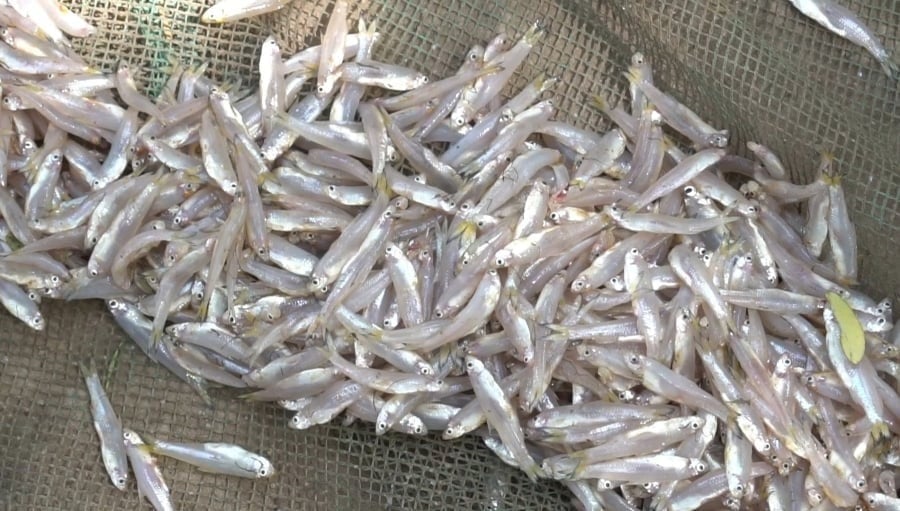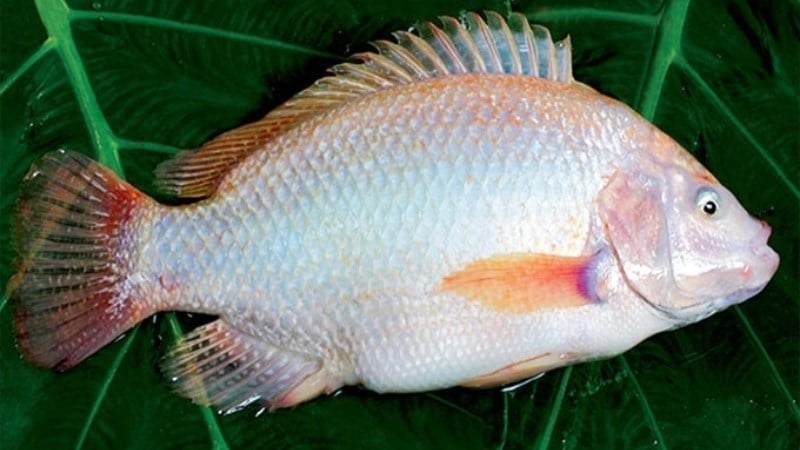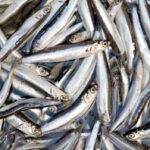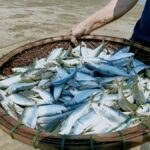These natural fish varieties are not only affordable but also highly nutritious, often likened to “ginseng” or “bird’s nest” in the world of seafood. Home cooks should not miss the opportunity to purchase and prepare these fish, adding variety and nutritional value to their meals.
Sardines
Sardines are small, slender fish primarily found in salty seawater. They are often referred to as a cheap “superfood.” According to the United States Department of Agriculture, sardines are packed with omega-3 fatty acids, vitamins, and essential minerals for the body.
They provide healthy fats and beneficial cholesterol, promoting cardiovascular health. Notably, since July 2019, the US Food and Drug Administration (FDA) has categorized sardines as one of the best types of fish for consumption. Another advantage is that sardines have a short life cycle, accumulating fewer toxins, making them safe for regular consumption. If you come across fresh sardines at the market, don’t pass them up!

Tuna
Tuna dwells in the deep waters of the ocean floor, making it less susceptible to pollution. Its meat is firm, flavorful, and nutrient-rich, making it an ideal choice for those concerned about cardiovascular health.
Tuna helps regulate cholesterol, prevents atherosclerosis, and reduces the risk of heart attacks and strokes. Additionally, tuna is abundant in iron, vitamin B12, and omega-3—nutrients that support blood formation and boost immunity, especially beneficial for the elderly.
Herring
Herring is a fish that can thrive in both freshwater and saltwater environments. It stands out for its high nutritional value, providing various vitamins, calcium, iron, zinc, potassium, and especially omega-3 fatty acids, as well as EPA and DHA—all of which are essential for cardiovascular and brain health.
Not only does herring improve blood circulation and prevent heart disease, but the vitamin D it contains also supports bone health, making it extremely beneficial for older adults. This is a common, easily accessible fish that offers exceptional nutritional value.
Whitefish
This fish species typically inhabits shallow, brackish waters such as river mouths, lowlands, or plains. In traditional medicine, whitefish is considered warming and beneficial for digestion, especially in treating chronic colitis.
Due to their clean habitat and short life cycle, whitefish accumulate minimal mercury or toxins, making them a safe and nutritious choice for family meals.
Pink perch
Pink perch has an elongated shape, thick meat, few bones, and almost no fishy odor. This fish is highly nutritious, particularly rich in omega-3, which is excellent for brain and cardiovascular health.
Due to its high oil content, pink perch is also known as “oily fish.” It is commonly smoked or pre-packaged for convenience while retaining its nutritional value.

Halibut
Halibut dwells in the deep sea and is distinguished by its high protein content and abundance of unsaturated fatty acids—the beneficial fats our bodies need. Due to their clean and distant habitat, halibut is less likely to be contaminated, making it a safe choice when purchasing from natural seafood markets.
In many Asian countries, such as South Korea, Japan, and China, halibut is a favored choice and often prepared grilled or as sashimi (raw fish). With its high omega-3 content and low levels of unhealthy fats, halibut is an ideal ingredient for a healthy and nutritious meal.
The Ultimate Country Fish: A Former Pig’s Delight, Now a City Favorite.
Every year, from April to July, the humble sardine takes center stage as it comes into season. It’s a busy time for fishermen who work tirelessly to meet the demands of restaurants and traders alike. This humble little fish is a sought-after delicacy, and its seasonal appearance creates a buzz of excitement along the coastline.






































